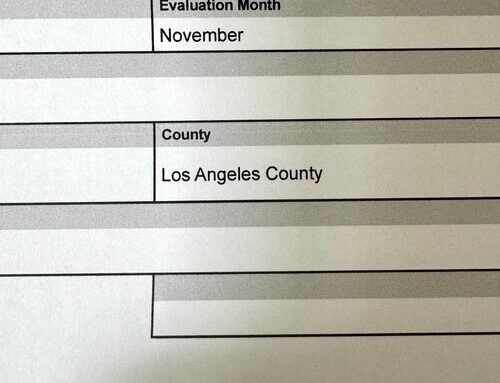The U.S. Department of Housing and Urban Development is accepting comments on proposed standardization of loan application forms, which could open up the market for manufactured home products.
In a draft letter submitted this week by the Federal Housing Administration, the regulator stated it was looking to adopt the Uniform Residential Loan Application for products falling under its Title I lending program. The change would cover loans for both manufactured homes and property improvement products currently offered through Title I.
The FHA, a unit of HUD, has made the letter available on its office of single-family housing drafting table and will accept feedback through Dec. 18.
“FHA believes these changes will encourage greater lender participation in the Title I program,” the draft letter said.
Applicants for manufactured-home and property improvement loans are currently required to use a form specific for each product type. FHA’s proposal would replace the two separate forms with the application commonly used for conventional loans insured by the government-sponsored enterprises, alongside a HUD-specific Title I addendum.
Adoption of the industry-standard URLA would simplify the lending process for factory-built homes, “enabling lenders to use existing origination system technology to collect borrower data, which eliminates the financial burden of acquiring multiple software licenses,” FHA said.
With the U.S. facing an affordable supply shortage following years of underbuilding, many leaders in housing and home finance have pointed to the potential of manufactured housing as a channel to help provide much-needed inventory.
HUD itself has been at the head of the charge calling for more manufactured-home development. Earlier this fall, the federal department updated codes that would allow construction of prefabricated housing of up to four units. The announcement followed the launch of multiple new initiatives and products over previous months aimed at helping developers to purchase or rehabilitate larger manufactured home communities.
Last year, HUD also introduced an office of manufactured housing programs as an independent unit falling under the jurisdiction of the FHA commissioner.
In another sign of recognition of the likely growth the segment will have, the Federal Housing Finance Agency unveiled a new manufactured housing price index that will be released quarterly with data on properties insured by Fannie Mae and Freddie Mac.
In analysis of some of the initial data released by the FHFA, the Urban Institute this week found manufactured property prices growing at “nearly identical rates as those for site-built homes” between 2000 and 2024.
In 2023, almost 1.1 million prefabricated homes were shipped across the country, according to U.S. Census Bureau data. States with the greatest supply of manufactured units in the U.S. — Texas, North Carolina and Florida — accounted for over one quarter of all shipments over the past thirty years. The three states are among those that have generally benefited the most from price appreciation.

